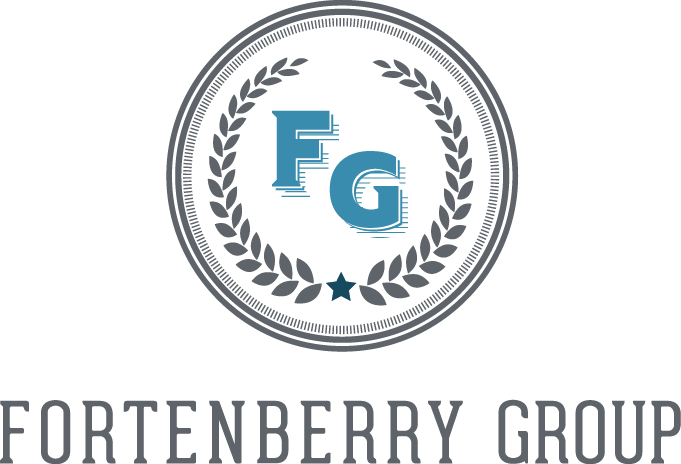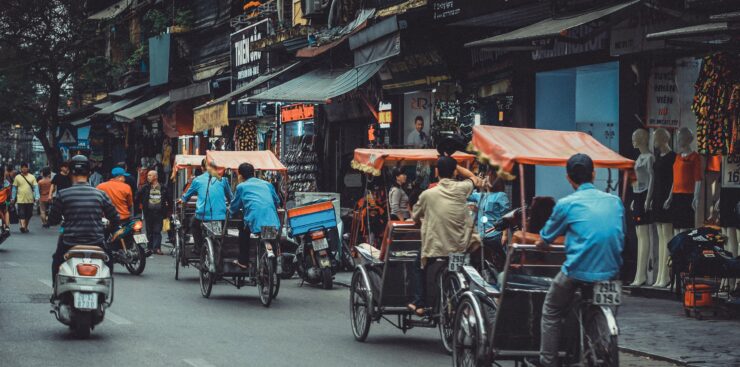While some of us are back to work, and others are quarantined at home, I am heading to Vietnam to teach in June. I’m a two-million-mile flyer, but this time feels different. My trip is 24 hours, but the quarantine at the end is frightening—I’ll keep you updated with this blog series. You can start with the introduction and the most recent posts.
This blog is dedicated to guiding supply chain professionals through surviving the COVID-19 healthcare crisis. I’ll help you diagnose what’s happening in the marketplace and share helpful tips from subject matter experts in the trenches.
Let’s look at some numbers first, and then we’ll dive into some case studies:
Global
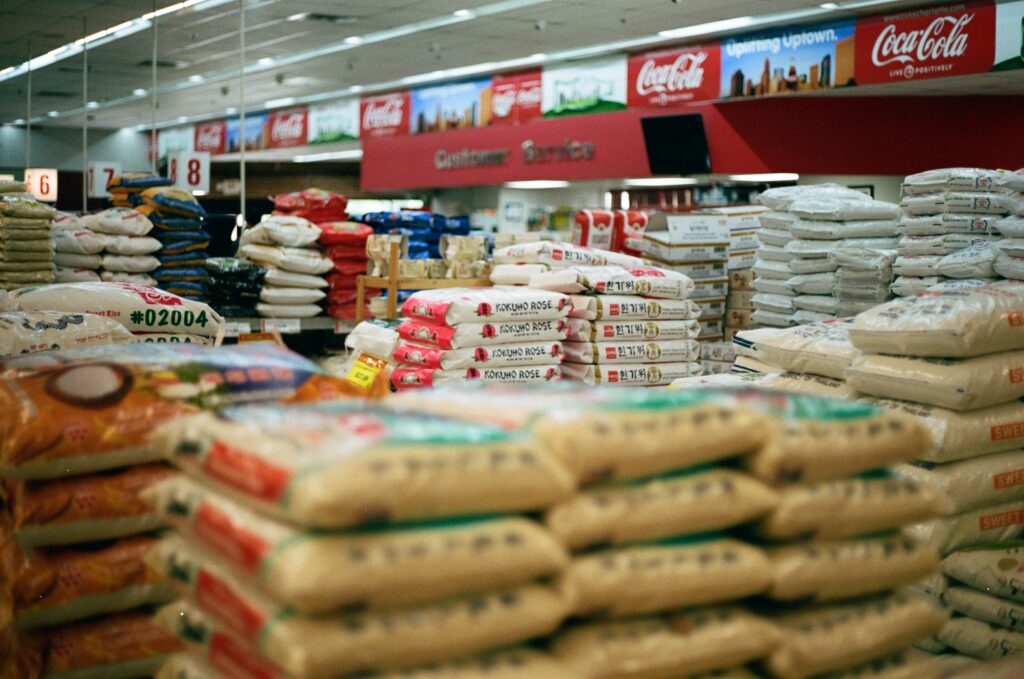
According to the World Trade Organization, (WTO), “the COVID-19 crisis has caused dramatic supply and demand shocks throughout the world economy, causing major disruptions to trade”. The organization projects that trade will fall steeply in every region of the world and across all sectors of the economy.”
Optimistic scenarios predict volumes of global trade could fall by 13% in 2020; while the starkest projections show a decline of up to 32%.
North America
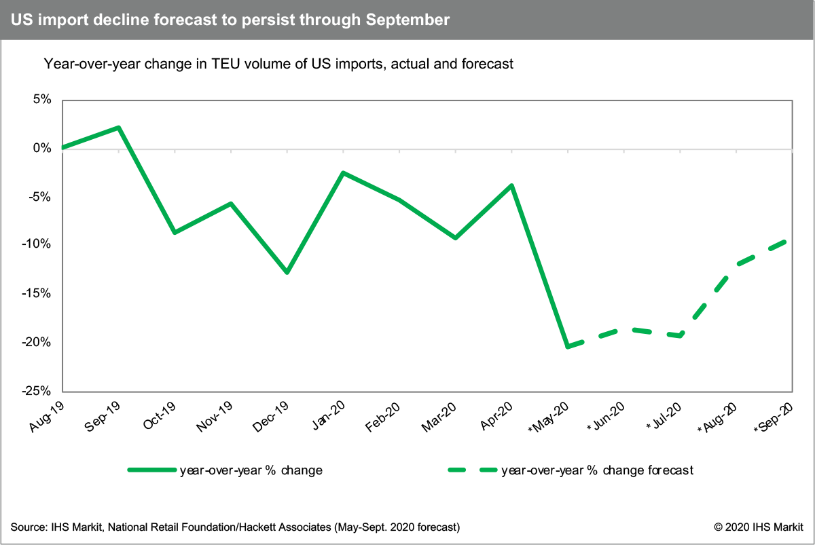
Some good news? Carriers and their customers are within three weeks of wrapping up the eastbound trans-Pacific service contracts with rates approximately equal to 2019-2020 levels during the COVID-19 pandemic.
Europe
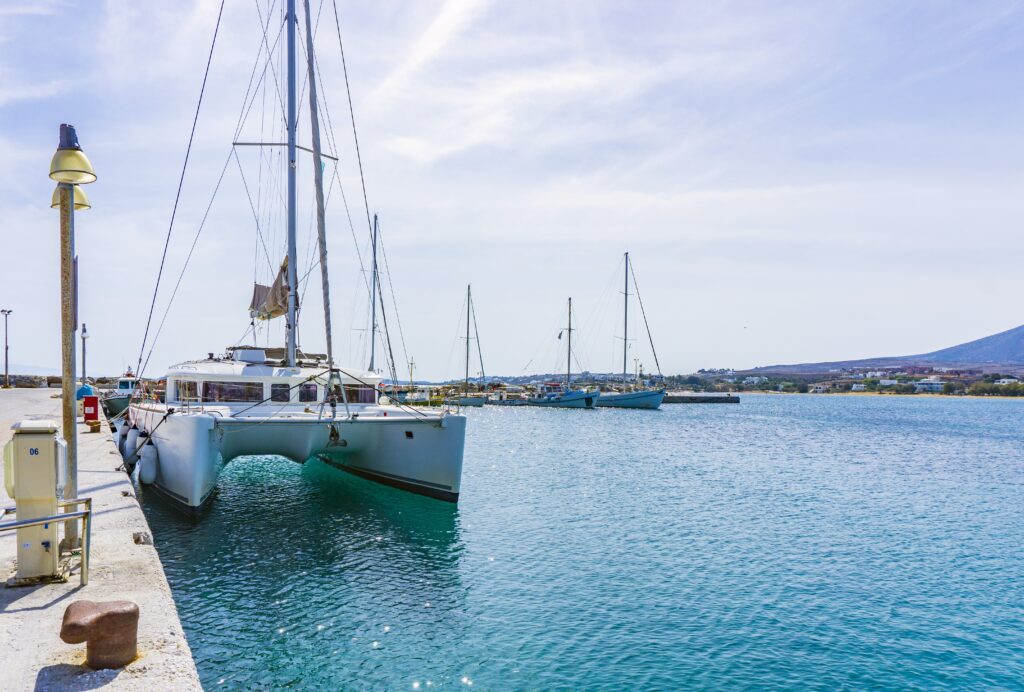
Faced with the canceled sailings, European ports are expecting a sharp decline in container volume. Hamburg recently gave a grim assessment of their conditions. Blank sailings have settled into the Asia-Europe trade, with ports reporting total calls down by 20%.
Regional feeders in substitution of mega vessels are effective, however; shippers do not welcome the longer transit times that come along with transshipments.
The Quest to Find Quality, Cost and Delivery

I moved to a multinational in 2002. While publicly stating that we were chasing the Chinese market as an organization, the focus was entirely on cost savings—High Cost to Low Cost (or Developed to Emerging Regions). Now, as global supply chains struggle during the COVID-19 pandemic, we can see how these decisions have impacted us. The rush to pursue those billions in sales, while reaping huge savings was temporary at best—now costing us more.
As the world market globalized, we used the terms Developed and Emerging Regions, but none of us knew where they came from even though they made sense. No one had any idea who determined how countries were categorized.
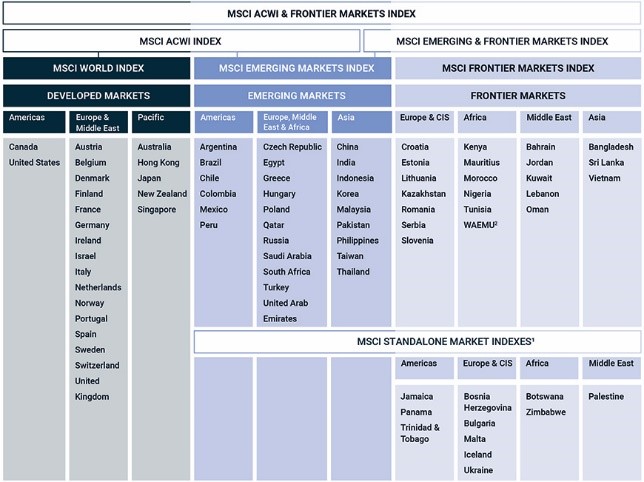
Morgan Stanley manages a group of indexes to provide detailed market information for more than 80 countries across developed, emerging, and frontier markets—representing 99% of the investable opportunity.
According to Morgan Stanley, emerging and frontier markets offer the prospect of higher returns at a higher risk.
- Emerging markets are more stable and developed than the frontier markets. The economies of emerging market countries have achieved a rudimentary level of development
- Frontier markets represent the least economically developed nations in the global marketplace. These markets are in various stages of economic development but generally lag the “mainstream” emerging markets in terms of economic and financial market reform.
This is the global scorecard used for investment.
Transitions

Transitioning a supply chain can present meaningful opportunities, but also risks serious consequences. A poor transition can easily cause a major hit to the P&L, so you have to be smart about what you’re doing.
Over the coming weeks, we’ll focus on transitioning a supply chain in emerging and frontier countries and learn that by running a standard transition process, small businesses can easily achieve their goals—even in times like these.
Case Study #1: Discovering Hidden Gems—Building a Total Cost model

Due to increased tariff costs, an online boutique eCommerce business wants to review its supply chain for products sourced in China. The strategy is to identify and contract a qualified supplier to meet the annual production requirements.
The goals are:
- Lowering Total Landed Cost
- Meeting the sales objectives
- Maintaining quality standards
Ten suppliers in Vietnam are determined proficient with meeting the sales objectives and capable of building a total cost model. Additionally, samples and data are exchanged to ensure that quality standards are met:
- Tech pack for each item
- Material specifications and requirements:
- Quality-Inspection process
Total Cost Model

From here a total cost model can be built to compare costs and make decisions.
The Supply Chain Cost

Case Study #2: How Not to Do Things—The Arrogance of Leadership

A business gets pushed to deliver synergies after an acquisition. Simultaneously, they decide to get a foothold in China, despite their market being entirely based in North America.
In a case of very high risk/high reward, leadership selects China for sourcing because the region promised significant cost savings. Not because there was any expertise for boot making, that exists in both Mexico and Vietnam. However, there’s no stopping the project or the bottom line.

So, a poorly run footwear plant in Rock Island, Illinois, becomes the target for “low-hanging fruit.”
The transition does not go well from the beginning—the team’s core competency is electronics and mechanical assembly, not footwear.
Boot making is a lot like baking a cake; the recipe is complicated and dependent on tribal knowledge. Workers fluent in the traditional process are not involved with the new approach. Supply issues hit, so the organization fails to achieve the right product at the right time and with the right quality.
The supply chain convulses; reacting to demand by missing delivery commitments—creating high expediting costs and defect rates—leaving all margins eroded.
Customer satisfaction and loyalty decrease along with the lower product quality. The loss in quality and customer trust erodes the brand. Financial benefits are not achieved, and no one in leadership is held accountable.
Looking Deeper

In the next blog, we’ll examine how different regions and their responsiveness could change the way we think about global supply and distribution in the future.
Follow The Fortenberry Group on LinkedIn to stay connected.
